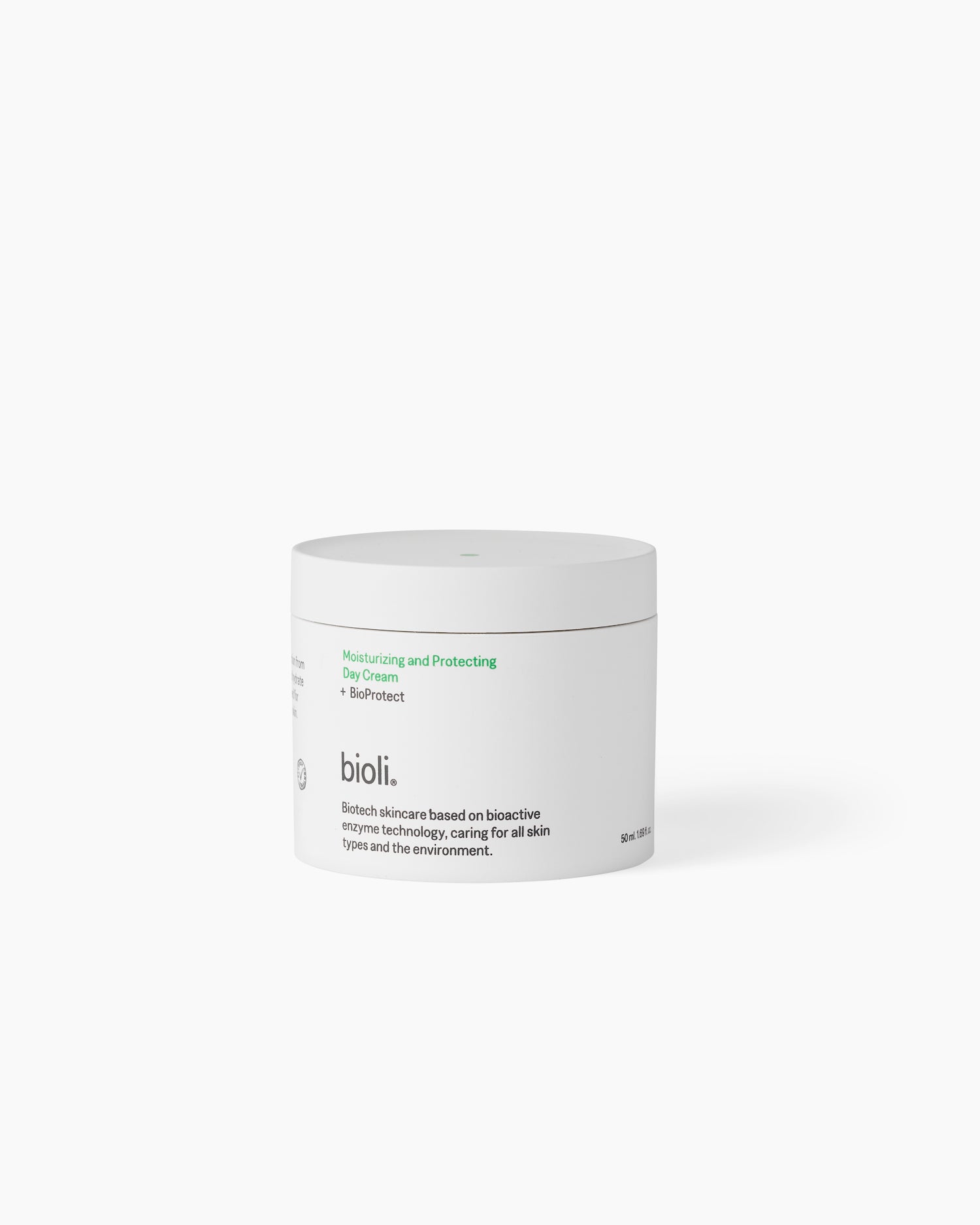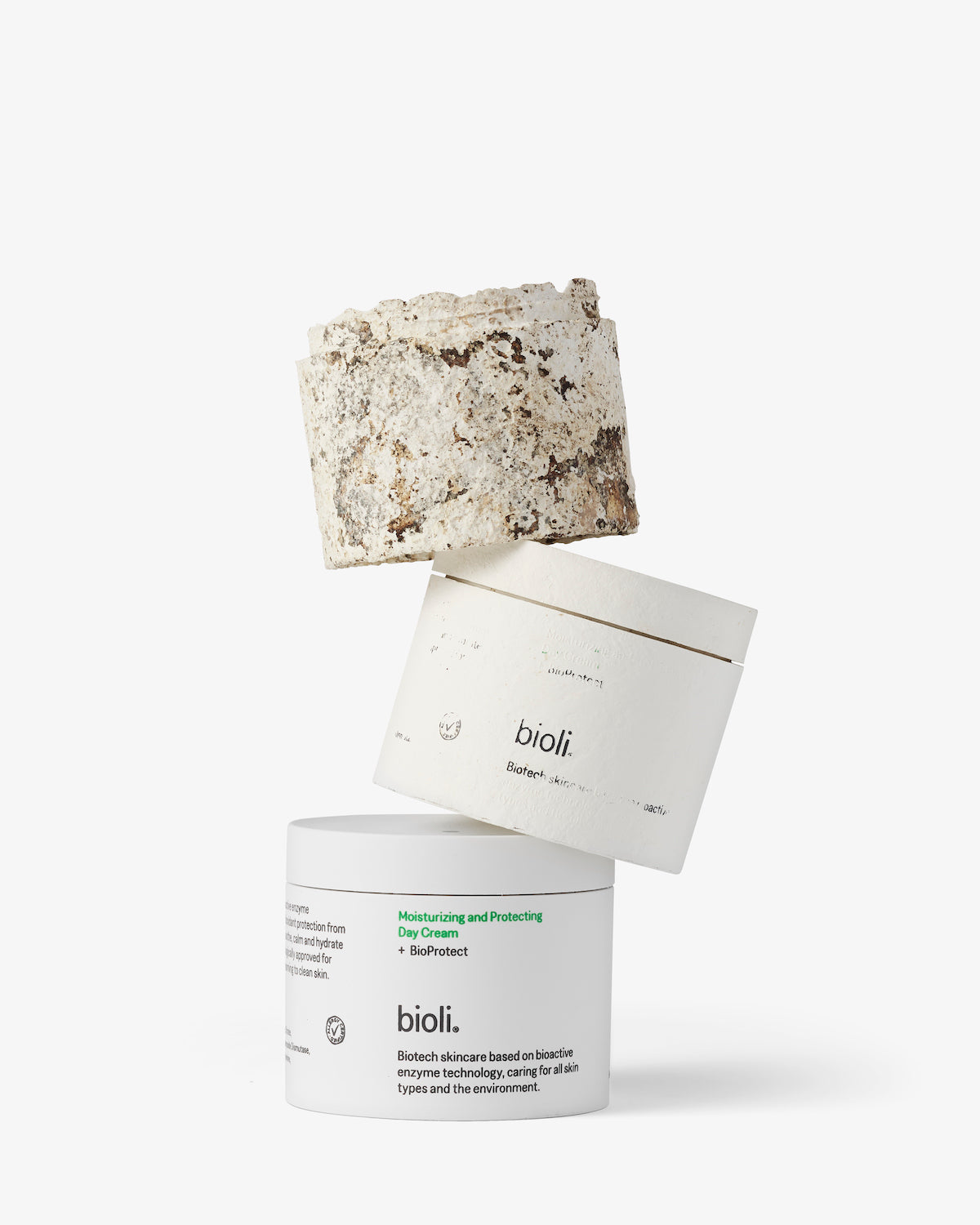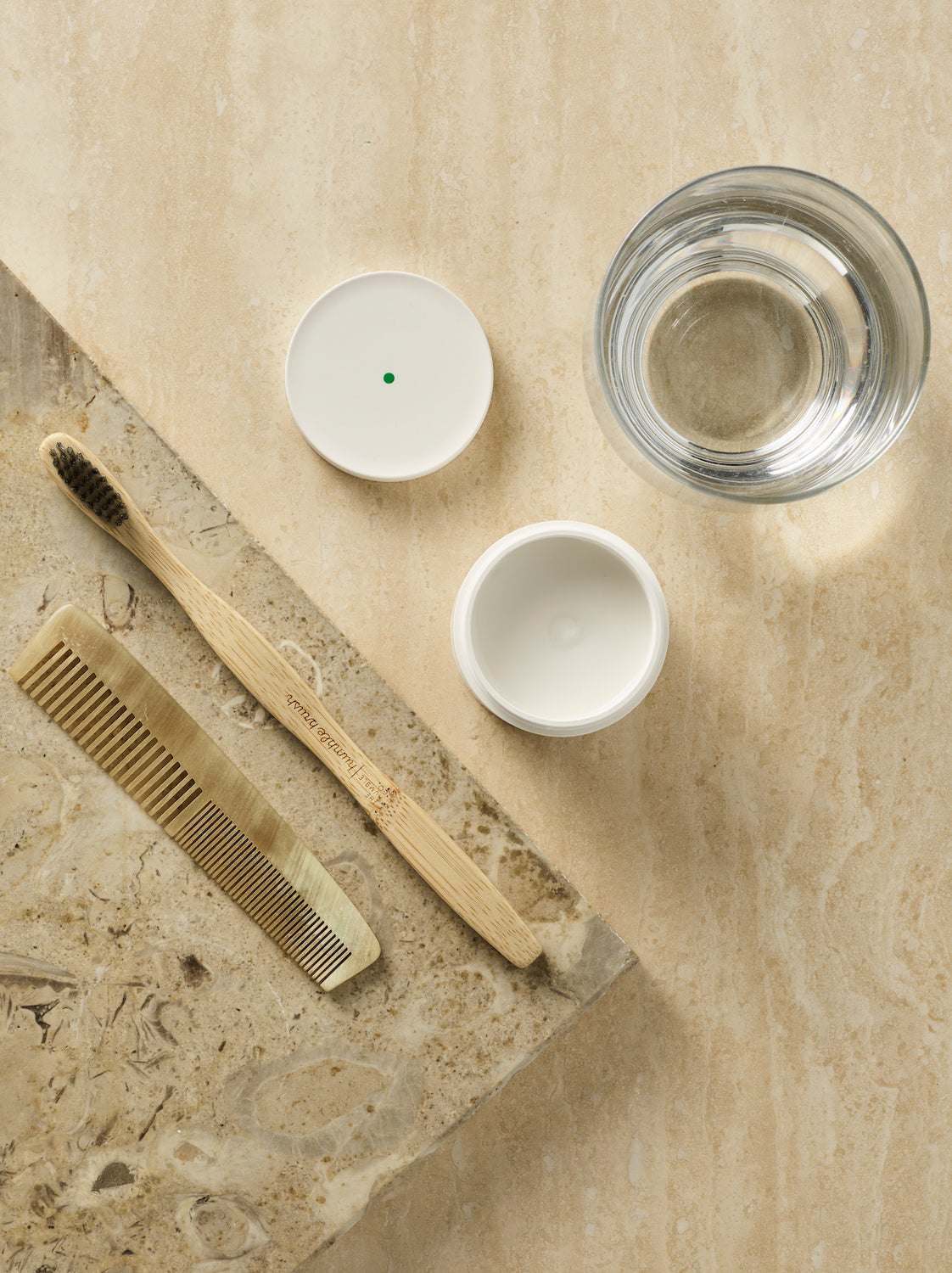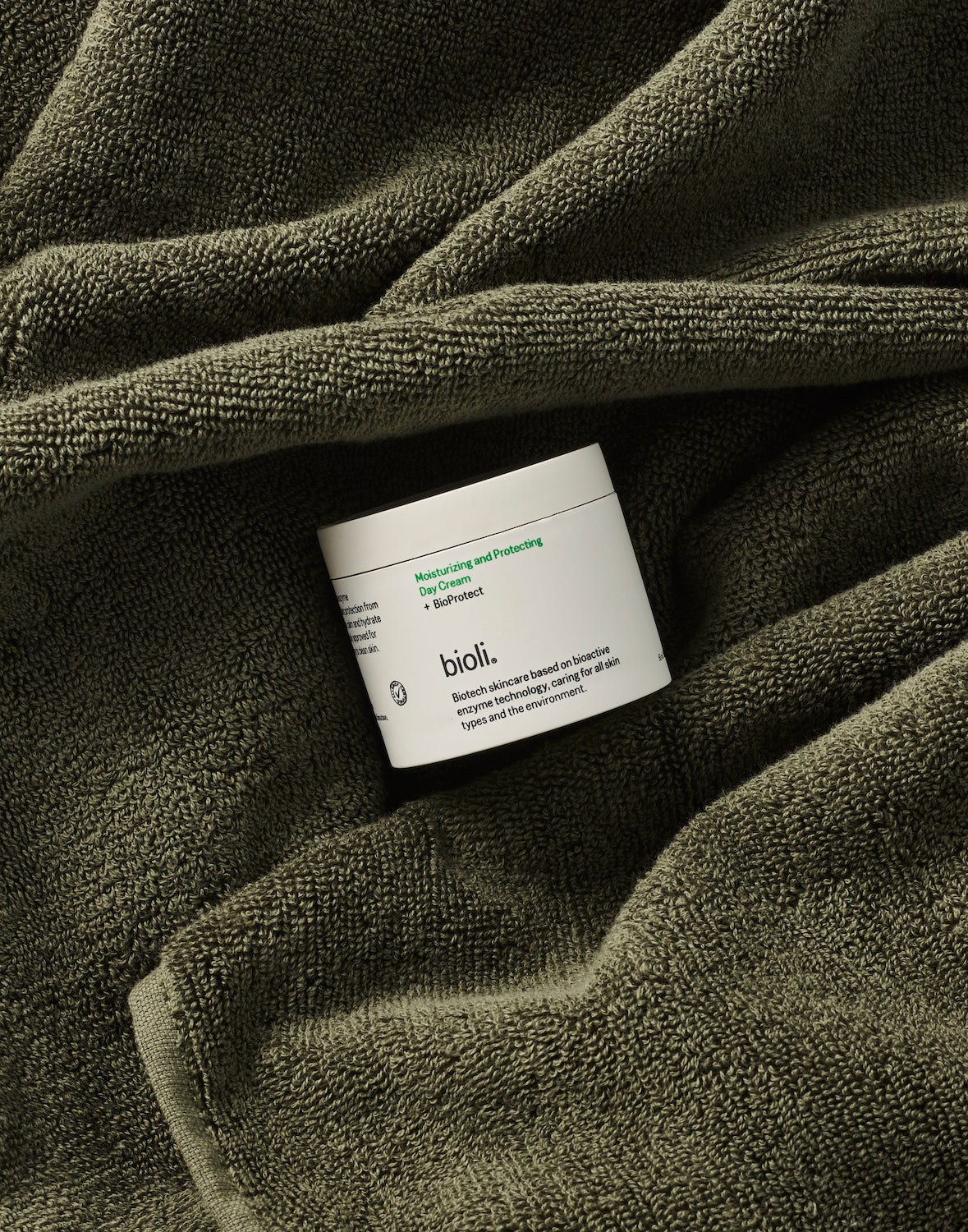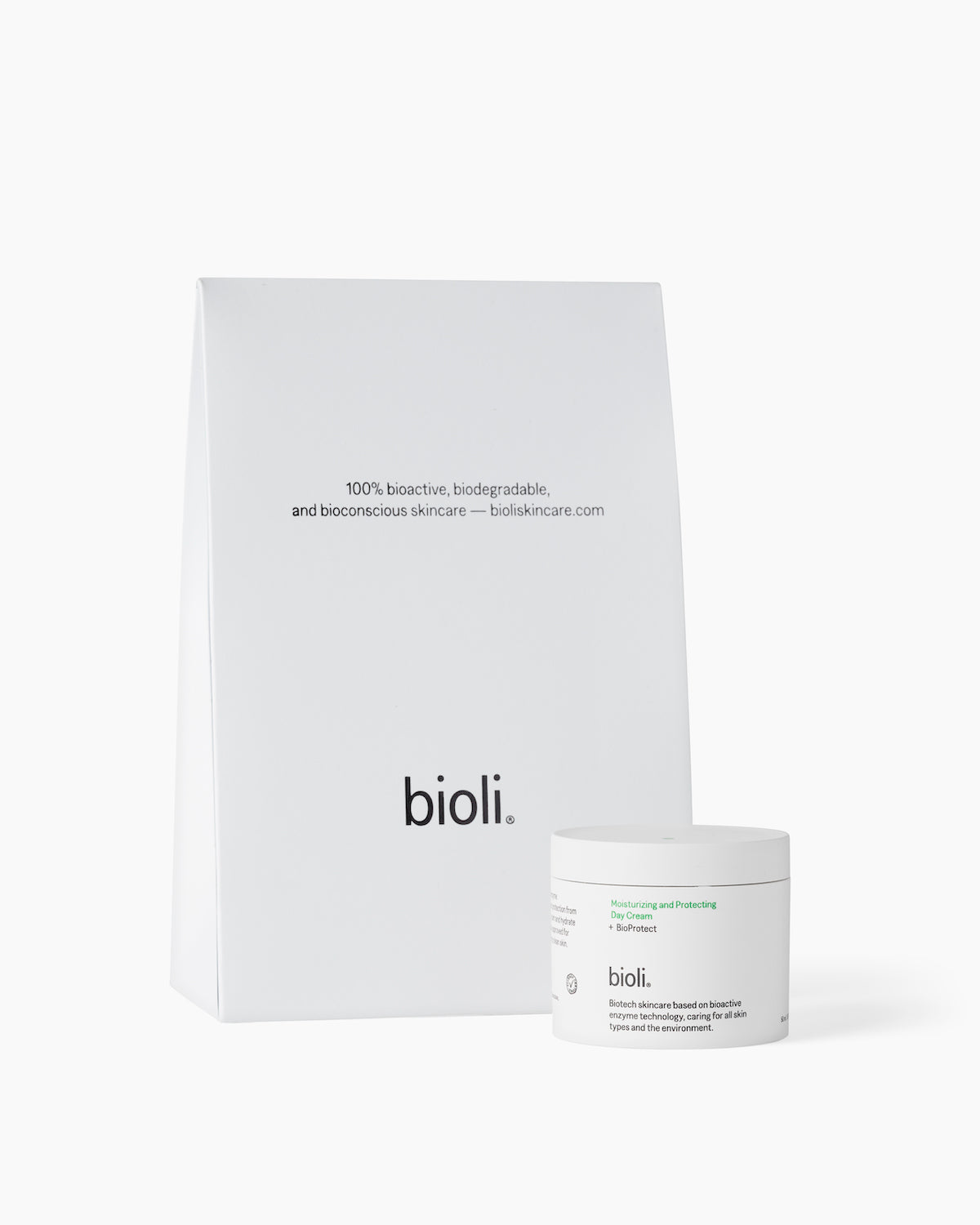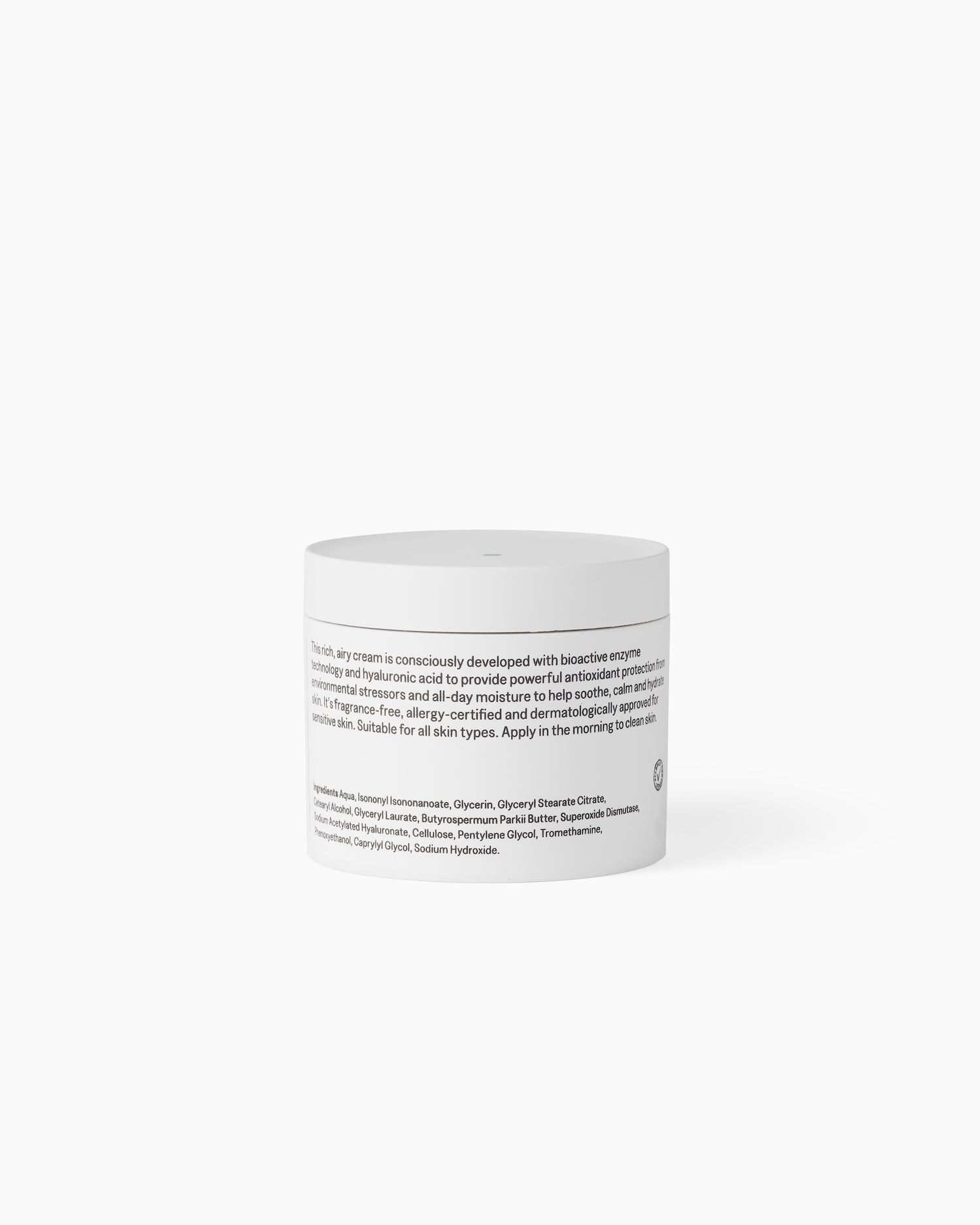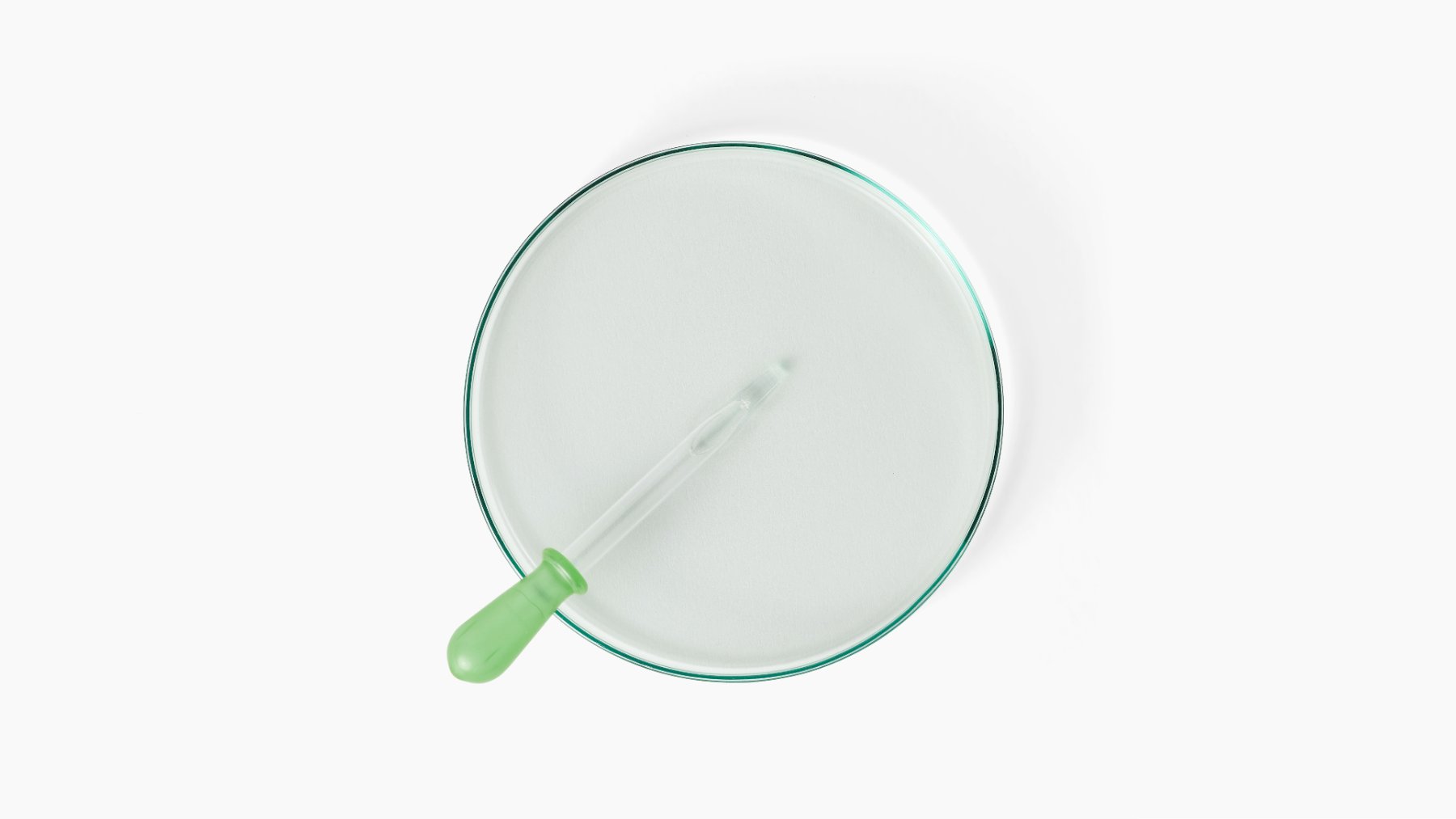What is sustainable skincare?
First, let’s get one thing clear first: truly sustainable skincare doesn’t exist. If we wanted to be fully sustainable, we’d have to stop using skincare altogether. But since millions of people around the world use these products every day, the best we can do is opt for more sustainable options.
And while there’s no legal or universally agreed-upon definition, sustainable skincare typically refers to minimizing environmental harm across a product’s full lifecycle: responsible ingredient sourcing, eco-friendly packaging, energy-efficient production, and safe disposal. Unlike the food and beverage industry, which is more heavily regulated in terms of sustainability and health claims, skincare remains largely unregulated—leaving plenty of room for interpretation, marketing buzzwords, and greenwashing.
What sustainable skincare is not
Because “sustainable” is an unregulated term, there are a lot of assumptions about what it means. In this section we will dive into what we believe it is not, as that is equally important to stress to get the full picture.
It does not equal natural or organic skincare
Many still assume “sustainable” means “natural.” But natural ingredients including organic ingredients are often be resource-intensive and harmful to ecosystems—think deforestation, biodiversity loss, and overharvesting. They can also negatively affect your skin with natural extracts for example that can carry impurities, allergens, and irritants. We explore this more in the article: Time for Kinder Antioxidants Than Conventional Vitamin C, E and Plant Extracts.
It’s not just about ingredients
Sustainability isn’t only about what’s inside the jar—it’s also about the packaging. What is it made of? Is it refillable? Biodegradable? And how many components are involved in a single product? A jar, an outer box, a leaflet inside the box, and then a shipping box to hold it all. Do you really need four layers of packaging for one cream, serum, or lotion? Minimal packaging matters.
It’s not recyclable plastic or glass packaging
Recyclable doesn’t always mean recycled. According to the OECD, scientists estimate that only 9% of the world’s plastic is actually recycled. The other 91% ends up in landfills, incinerators, or polluting the environment.
Even glass, often seen as a more sustainable option, comes with trade-offs. It’s energy-intensive to produce and recycle, heavy to transport—contributing to higher carbon emissions—and many facilities aren’t equipped to process cosmetic glass containers properly.
It doesn’t have to a "brown design"
Sustainable skincare doesn’t need to come in kraft paper boxes with two ingredients and a fern on the label. It can be scientifically advanced, luxurious, beautifully designed, and still sustainable. Some new lab-made biotech skincare proves that sustainability can look and feel premium—without the foraged-from-a-forest vibe.
The role of biotech skincare
A new and innovative area within sustainable skincare is biotech skincare. These products are created using lab-grown ingredients produced through bacteria, fungi or yeast that mimic natural processes, without depleting natural resources. Biotech ingredients offer consistent, highly effective formulations, with a significantly lower environmental impact compared to traditionally sourced natural ingredients.
Enzyme-based skincare
Enzyme-based skincare is a promising biotech alternative for more sustainable routines. Products including recombinant (lab-made) enzymes as part of their formulation have chosen a more eco-conscious path. Unlike traditional chemical exfoliants and antioxidants, enzymes are biodegradable and require fewer resources to produce, making them a smart, sustainable choice. They’re also effective, with targeted action that’s gentle and ideal for sensitive skin.
Learn more about the benefits of enzymes in skincare in the article on What are enzymes.
6 steps to a more sustainable skincare routine
1. Look for skincare with biotech-derived ingredients
Opt for lab-made actives like enzymes—smaller footprint, consistent results.
2. Look for eco-friendly packaging
Refillable or biodegradable? Yes, please.
3. Be wary of “Natural” and “Organic” labels
Sounds nice, but can be misleading. Natural doesn’t always mean sustainable, as it takes up valuable farmland to produce.
4. Go fragrance-free
It’s better for your skin and the environment—whether synthetic or natural, fragrances can be problematic.
5. Recycle properly
Know your local rules for disposal of packaging, and support brands with take-back programs.
6. Embrace minimalism
Fewer steps = less waste. Quality over quantity wins every time.
Yes it matters
Sustainable skincare isn’t just a trend—it’s a lasting shift in how we approach beauty and responsibility. Thanks to biotech innovations, minimalist routines, and smarter packaging, you no longer have to choose between performance and sustainability. You can have high efficacy, aesthetic design, and a premium feel—without compromising on the planet.
Explore Moisturizing and Protecting Day Cream as a standout example of sustainable skincare done right–and if you have thoughts, questions, or favorite sustainable swaps of your own, we’d love to hear from you. Drop a comment below and join the conversation.


